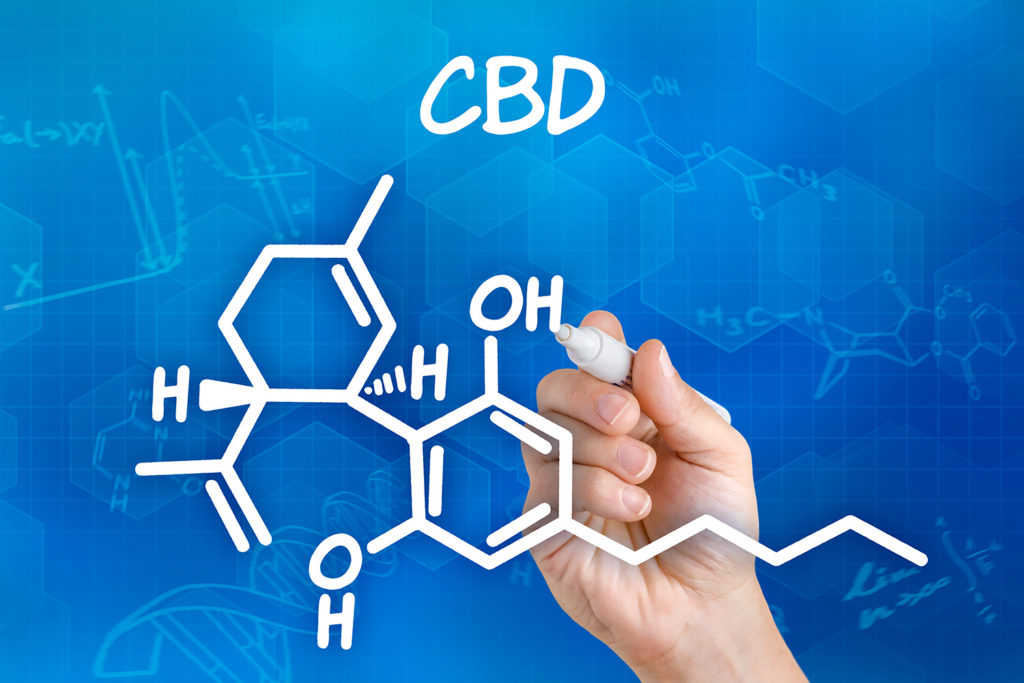After a stroke, the inflammation that clears up the damage can remain active for too long. That results in extra damage. The NAVISTROKE project investigates whether nanoparticles with cannabis-like substances can dampen or prevent harmful effects.
In the Netherlands, about five people will have a stroke in the next hour. The next hour, five others and that goes on continuously, day in and day out. We count 125 strokes per day, about 46,000 per year. 9,000 of all people with stroke die. Many of the 37,000 survivors suffer from severe cognitive impairments, movement disorders or other disabilities after the recovery.
The objective is not only to reduce the number of strokes as much as possible, but also to promote the recovery therapeutically. By encouraging people to eat healthy and exercise sufficiently. By reducing the risk with medication where necessary. But even afterwards – if the stroke has already happened – improvement may still be possible. This is the aim of NAVISTROKE (Nanomedicine to Visualize and Treat Inflammation after Stroke). Read the complete article here (in Dutch).

